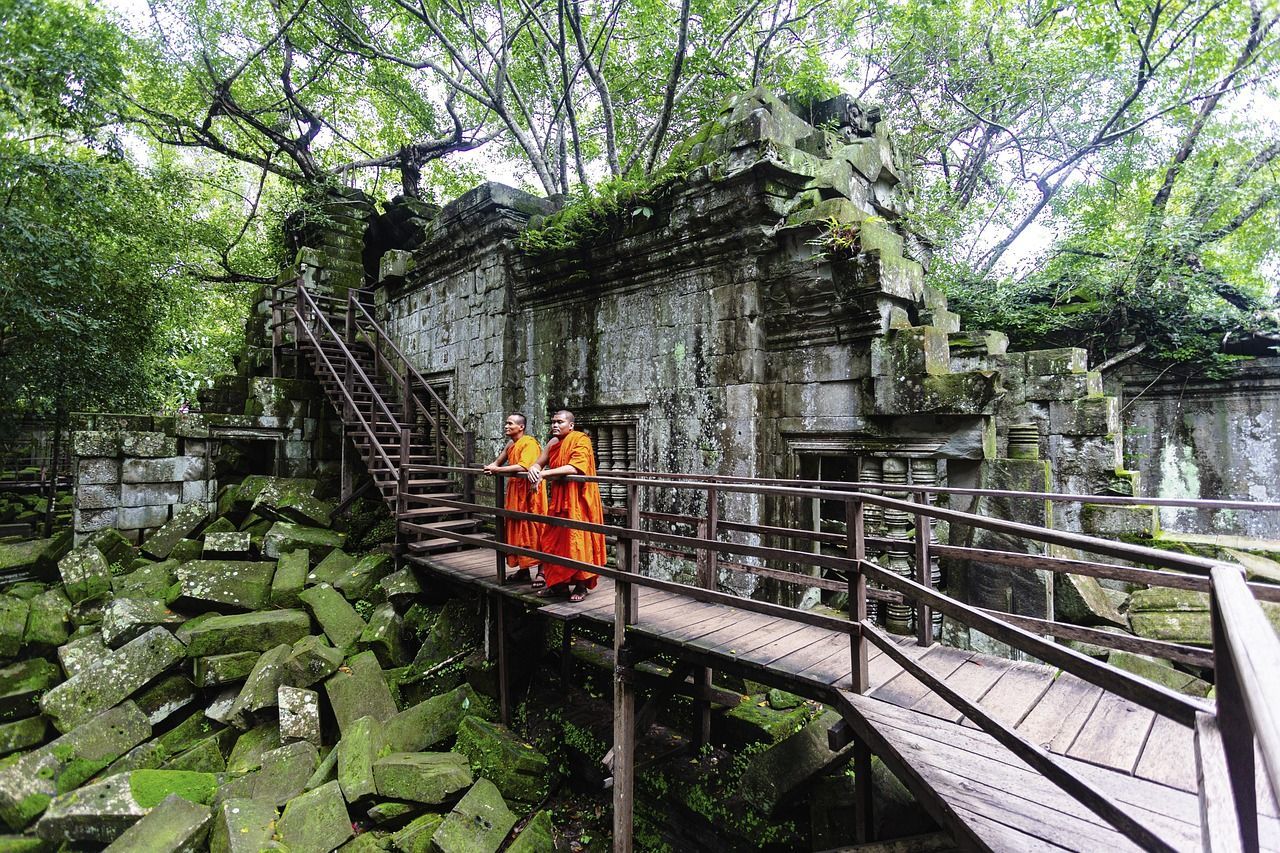Blogs
Blog Posts
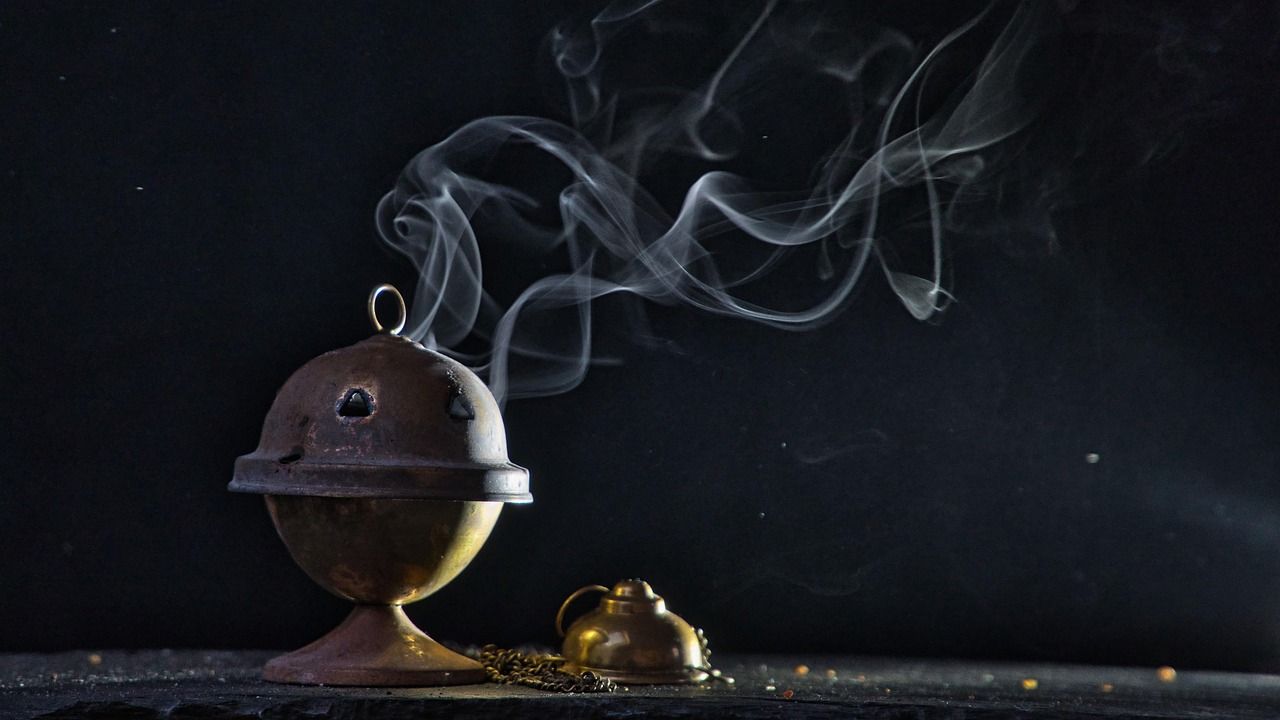
October 30, 2025
When a family member passes, Cantonese funeral traditions serve as a meaningful way to honor their life, provide comfort to loved ones, and guide the spirit with respect and care. At Pennsylvania Burial Company and Baldi Funeral Home, many families in the Philadelphia community choose to incorporate Cantonese customs into funeral services, ensuring the ceremony reflects their family heritage and beliefs. This guide explains the most common rituals, symbolic items, and offerings often included in a Cantonese funeral, and how families can personalize the experience while staying true to tradition. 1. The Importance of Respect, Family, and Ancestral Honor Cantonese funerals are rooted in three core principles: • Showing deep respect to the deceased • Protecting the family from misfortune • Honoring ancestors and ensuring a peaceful transition to the afterlife These values guide each step of the funeral process and help families feel connected to generations before them. 2. Pre-Funeral Rituals and Traditions Many families begin preparations with customs meant to protect the home and honor the spirit. These may include: • White and black clothing: Families traditionally wear white to symbolize mourning, with black used in some cases. Red is avoided during the mourning period. • Covering mirrors: Some families cover mirrors to prevent attracting negative spirits or bad luck. • Paper offerings prepared in advance: Items are gathered for burning during the funeral to help the loved one in the afterlife. Some families choose to follow all traditional customs, while others combine them with modern practices based on their comfort and beliefs. 3. Rituals During the Funeral Service Cantonese funeral services may take place over one or multiple days and can include elements such as: • Prayers and chanting: These guide the spirit and provide comfort. Monks or spiritual leaders may be present to lead chanting if the family wishes. • Incense offerings: Incense is lit to purify the space, honor the deceased, and invite blessings. • Symbolic placement of flowers: White chrysanthemums are common as they represent sympathy and mourning. Many families also choose to include personalized readings, shared memories, or a slideshow to honor the individual’s life in a meaningful way. 4. Symbolic Items and Their Meaning Below are key items often used during Cantonese funerals and what they represent: Incense: Shows respect and guides the spirit White clothing: Purity and mourning Paper money (joss paper): Helps the loved one in the afterlife Fruit and food offerings: Provide nourishment for the spirit Chrysanthemums: Traditional funeral flowers symbolizing grief Red packets (given after funeral): Protect family from misfortune after attending Families often choose which items feel most meaningful to include. 5. Offerings and the Tradition of Burning Joss Paper Paper offerings (known as joss paper) are an important part of Cantonese funeral customs. These may include money, clothes, or symbolic items representing comfort in the afterlife. Burning these items is believed to: • Provide financial support to the loved one’s spirit • Offer comfort and a smooth transition • Show ongoing care and respect Some families also place food and fruit on an altar for the spirit to receive. 6. After the Funeral: Mourning Practices and Family Customs Following the funeral, families may observe a mourning period that includes: • Avoiding celebrations for a set time • Wearing mourning pins or clothing • Visiting the gravesite at specific times to honor the loved one Giving small red envelopes to attendees at the end of the funeral is also a common practice. These envelopes may contain a coin or candy, symbolizing protection and good fortune after paying respects. Frequently Asked Questions How long does a traditional Cantonese funeral last? Services may last one or more days depending on the customs and preferences of the family. Is it necessary to include chanting or monks? No. While many families choose this for spiritual support, others prefer a simpler service. The level of tradition is always up to the family. Can we combine Cantonese customs with a traditional American funeral service? Yes. Families often blend cultural rituals with personal touches or religious elements that reflect their loved one’s life. What should guests wear to a Cantonese funeral? Guests typically wear black or dark clothing. Bright colors and red are usually avoided. Do all families burn joss paper during services? Not always. Some families follow this tradition fully, while others choose alternative ways to offer respect or symbolic items. Can non-Cantonese guests participate in the rituals? Yes. Guests are welcome to show respect by bowing, lighting incense if offered, or quietly observing. Participation is optional. If your family wishes to include Cantonese traditions in a funeral or memorial service, our team at Pennsylvania Burial Company and Baldi Funeral Home is here to help. We will honor your customs with care, respect, and cultural understanding, ensuring your loved one’s farewell is meaningful and heartfelt.
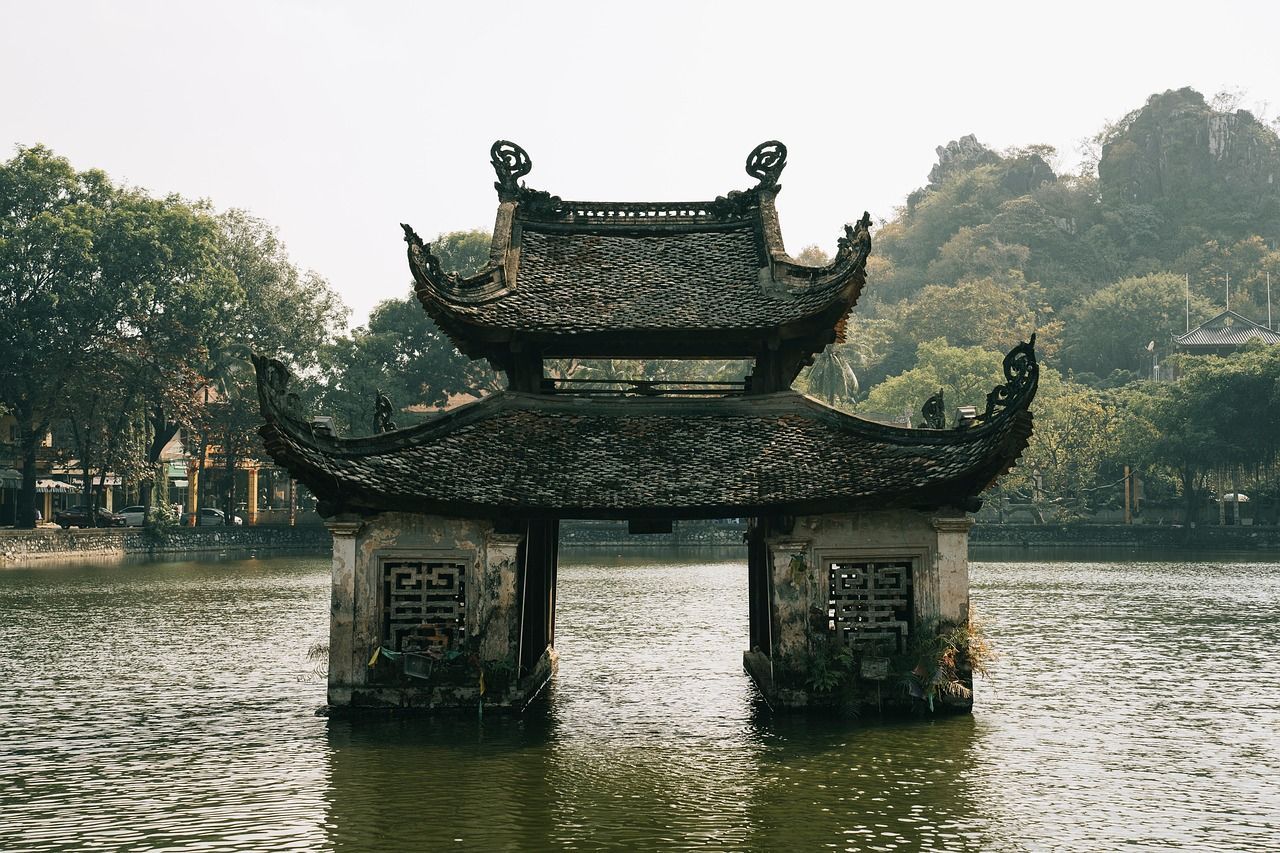
October 16, 2025
In Vietnamese culture, honoring one’s ancestors is more than a tradition; it’s a way of life. When a loved one passes away, families come together not only to grieve but also to ensure that the spirit of the deceased is cared for and remembered properly. At Pennsylvania Burial Company / Baldi Funeral Home , we understand the deep cultural and spiritual significance of Vietnamese funeral customs. Our team is honored to serve Philadelphia’s Vietnamese community with compassion, respect, and knowledge of these meaningful traditions. The Importance of Ancestral Respect in Vietnamese Culture Vietnamese funeral customs are rooted in the belief that life continues beyond death and that the deceased maintain a spiritual connection with their descendants. Honoring one’s ancestors ensures harmony between the living and the spirit world. Families often maintain an ancestral altar at home, where they offer incense, food, and prayers on special occasions and anniversaries. During a funeral, these same values are reflected through rituals meant to guide the spirit peacefully to the afterlife. Key Elements of a Traditional Vietnamese Funeral Vietnamese funerals include a series of meaningful customs that take place over several days. While practices can vary by region or religion (Buddhist, Catholic, or ancestral), many families observe similar steps: Announcement of Death (Cáo Phó) The family formally announces the passing to relatives and the community, inviting them to pay respects. Incense and Offerings Burning incense represents communication with the spirit world. Food, fruit, and symbolic items are offered to support the deceased’s journey. White Clothing Family members wear white or subdued colors as a sign of mourning and purity. Prayers and Chanting Monks or priests may lead prayers to help the spirit transition peacefully. Procession and Burial A funeral procession often includes family members carrying offerings and photos of the deceased, followed by burial or cremation. These customs help both the living and the departed find peace, honoring a loved one’s memory while fulfilling cultural and spiritual responsibilities. Modern Adaptations for Vietnamese Families in the U.S. In Philadelphia, many Vietnamese families seek to blend traditional customs with modern practices . Some choose Buddhist chanting or incense ceremonies alongside contemporary memorials or cremation options. At Baldi Funeral Home, we respect these evolving needs by offering flexibility, helping families customize services that reflect both their heritage and their personal preferences. Whether it’s providing space for monks to lead prayers , setting up a table for offerings , or assisting with memorial altars , our staff ensures that each service honors Vietnamese tradition with authenticity and care. Symbolic Offerings and Ritual Items Offerings play a vital role in Vietnamese funerals. They symbolize love, gratitude, and continued care for the departed. Common offerings include: Incense sticks: to connect with the spirit of the deceased. Flowers (especially chrysanthemums): representing purity and remembrance. Fruits and rice: as nourishment for the spirit. Paper offerings (vàng mã): symbolic items such as money, clothes, or even paper houses, burned to send to the afterlife. Families often personalize these offerings, including items that reflect the loved one’s personality, favorite foods, or meaningful symbols. How Pennsylvania Burial Company / Baldi Funeral Home Supports Vietnamese Families Our team has experience helping Vietnamese families in Philadelphia plan funerals that honor both cultural and spiritual values . We work closely with families to coordinate Buddhist or Catholic rites, prepare traditional offerings, and provide a calm, respectful environment for every ceremony. We also understand the importance of timing in Vietnamese customs, such as holding ceremonies on auspicious days or observing proper mourning periods. At Baldi Funeral Home, every service is guided by compassion and cultural understanding, ensuring your loved one’s farewell is both meaningful and dignified. Frequently Asked Questions 1. Can we include Buddhist prayers or chanting in the service? Yes. We can help coordinate with local temples or monks to include traditional chanting or prayers as part of the ceremony. 2. What should we prepare for the altar or offering table? Families typically include incense, food, fruits, flowers, and photos of the deceased. We can provide tables and guidance on setting up these offerings. 3. Is cremation acceptable in Vietnamese culture? Yes. Many modern Vietnamese families choose cremation while maintaining traditional rituals such as chanting, offerings, and prayers before and after the cremation. 4. How long do Vietnamese funerals usually last? They often take place over two to three days, though timing may vary depending on family customs, religious practices, or scheduling needs. 5. Can Baldi Funeral Home assist with transportation for monks or religious leaders? Absolutely. Our staff can help coordinate logistics, ensuring that all cultural and ceremonial needs are met. 6. How can families honor their loved one after the funeral? Many continue to pay respects by maintaining an ancestral altar and observing anniversaries (ngày giỗ) with offerings and prayers at home. Vietnamese funeral traditions beautifully reflect the values of respect, remembrance, and connection between generations. At Pennsylvania Burial Company / Baldi Funeral Home , we are honored to help families uphold these customs, offering guidance, space, and heartfelt care every step of the way. Our goal is to ensure that each service is not only a farewell, but a celebration of love, gratitude, and heritage that endures for generations.
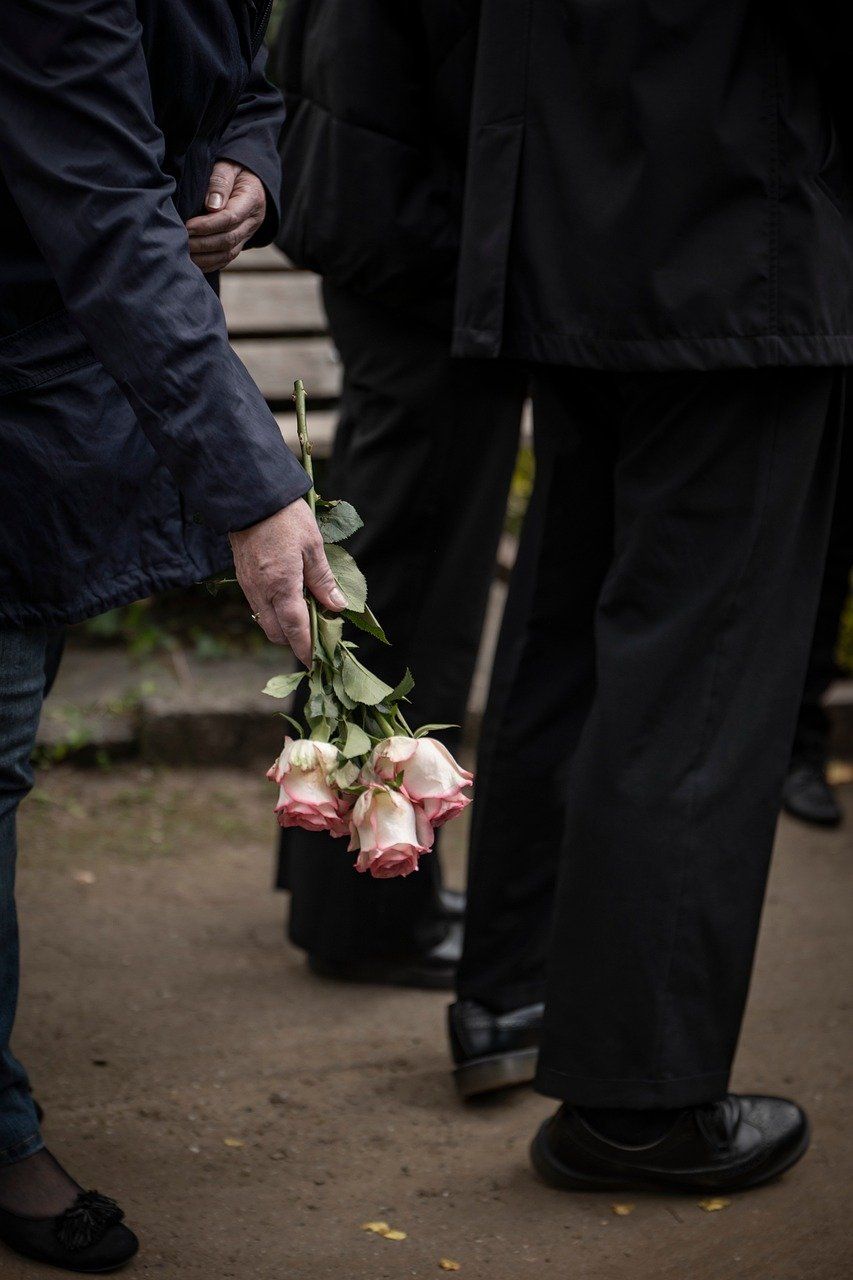
October 2, 2025
When a family experiences the loss of a loved one, the grief can feel overwhelming. During such an emotional time, planning a funeral can seem like an impossible task. This is where the guidance of a funeral director becomes invaluable. At Pennsylvania Burial Company/Baldi Funeral Home, our funeral directors do much more than manage logistics; they provide compassion, expertise, and support through every step of the journey. Understanding the role of a funeral director helps families appreciate how these professionals bring comfort, order, and dignity during one of life’s most difficult experiences. What Is a Funeral Director? A funeral director is a licensed professional who helps families plan, arrange, and carry out funeral or memorial services. While many people may think of funeral directors as coordinators, their role goes much deeper. They act as: Advisors – guiding families through important decisions. Organizers – managing details such as permits, transportation, and service arrangements. Supporters – offering empathy, understanding, and reassurance. Caretakers – ensuring the deceased is treated with dignity and respect. Funeral directors combine practical expertise with emotional sensitivity, balancing the business of planning with the humanity of grief care. Key Responsibilities of a Funeral Director The work of a funeral director covers many areas, both visible to families and behind the scenes. Some of the main responsibilities include: Helping Families Make Decisions From choosing between burial and cremation to selecting a casket, urn, or service type, funeral directors guide families through each step. Their experience allows them to explain options clearly and help families make choices that feel right. Handling Legal and Administrative Tasks Funeral directors manage important paperwork such as death certificates, permits for burial or cremation, and coordination with cemeteries. This relieves families from having to navigate complex regulations during a stressful time. Preparing and Caring for the Deceased Whether through embalming, dressing, or cosmetic preparation, funeral directors ensure the loved one is presented with dignity. For families who choose viewings or visitations, this step is especially important in creating a meaningful final memory. Planning and Coordinating Services Funeral directors work closely with families to design services that reflect their traditions, beliefs, and personal wishes. They also coordinate logistics, such as timing, transportation, music, and clergy participation, to make sure the service runs smoothly. Providing Emotional Support Beyond the practical responsibilities, funeral directors often serve as a source of comfort. They listen to families, answer questions, and offer guidance on grief support resources. Their presence helps families feel less alone in their journey. The Importance of Communication and Compassion A funeral director’s success is not measured only by organization but by their ability to connect with families. Good communication ensures families feel heard, understood, and respected. Compassion is what turns a service from a routine event into a meaningful tribute. At Pennsylvania Burial Company/Baldi Funeral Home, we believe every family deserves patience, kindness, and care during such a vulnerable moment. Why the Role of a Funeral Director Matters The importance of a funeral director extends beyond planning logistics. Their role impacts families in profound ways: Reducing Stress: By taking care of details, funeral directors allow families to focus on grieving and remembering their loved one. Honoring Traditions: They ensure cultural, religious, or military traditions are respected and carried out appropriately. Creating Meaningful Services: With their expertise, funeral directors help shape services that reflect the individuality of the person being remembered. Providing Peace of Mind: Families can feel confident knowing that their loved one is being cared for with professionalism and compassion. A Day in the Life of a Funeral Director To better understand the scope of the role, here’s a snapshot of the many hats a funeral director may wear in just one day: Meeting with a grieving family to plan arrangements Coordinating with clergy or celebrants for upcoming services Preparing necessary legal documents Supervising embalming or preparation of the deceased Scheduling transportation for family and guests Setting up a viewing or wake at the funeral home Providing grief support and answering family questions Each day is different, but the heart of the role remains the same: caring for families with compassion and professionalism. Supporting Families Beyond the Service The work of a funeral director does not end once the service is complete. Many continue to support families in the weeks and months after, by: Connecting families with grief counseling or support groups. Helping with insurance or veterans’ benefits paperwork. Offering resources for memorialization, such as monuments or keepsakes. Assisting with pre-planning for future arrangements to ease future burdens. This ongoing support demonstrates a funeral director’s true dedication, not only to the deceased but to the loved ones left behind. How Pennsylvania Burial Company/Baldi Funeral Home Supports Families At Pennsylvania Burial Company/Baldi, our funeral directors bring years of experience in serving the diverse Philadelphia community. We understand the importance of honoring cultural and religious traditions, offering bilingual support when needed, and customizing services to reflect each family’s unique story. Our directors are available every step of the way, from the first phone call to the conclusion of services, to ensure that no family ever feels alone in the process. Frequently Asked Questions Do I need a funeral director to plan a service? While families are not legally required to work with a funeral director in every circumstance, most choose to because of the expertise, support, and convenience they provide during an emotionally challenging time. Can funeral directors help with pre-planning? Yes. Funeral directors assist with pre-arrangement services, allowing individuals to plan their own funeral in advance. This reduces stress for family members and ensures personal wishes are honored. How does a funeral director support cultural or religious customs? Funeral directors coordinate with religious leaders, provide appropriate ceremonial items, and follow traditions that reflect the family’s heritage, ensuring every detail is handled with respect. What qualities should I look for in a funeral director? Compassion, professionalism, good communication skills, and a willingness to listen are essential. Families should feel comfortable and supported throughout the process. The role of a funeral director goes far beyond logistics: They are caretakers of both the deceased and the living. By managing details, honoring traditions, and offering compassion, funeral directors create meaningful services that help families heal. At Pennsylvania Burial Company/Baldi, we are proud to serve our community with professionalism, respect, and empathy. Our funeral directors are here to walk with families through every step of the journey, ensuring that their loved ones are remembered with dignity and love.
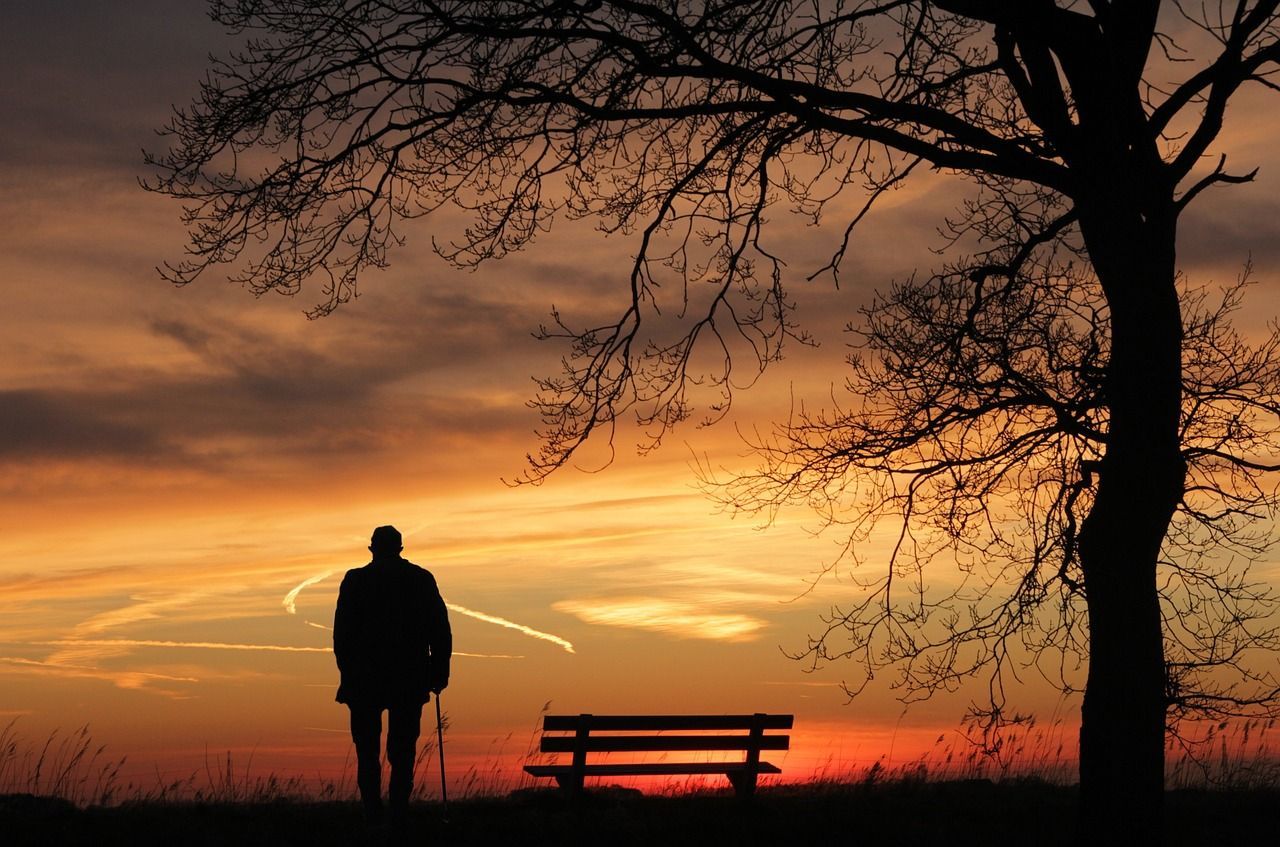
September 24, 2025
When families gather to honor the life of a loved one, the atmosphere of the ceremony deeply influences their experience of grief and healing. In Buddhist traditions, a funeral is not only a farewell but also an opportunity to support the soul’s spiritual journey toward peace and enlightenment. At Pennsylvania Burial Company, we recognize that the space itself is part of the healing process , offering comfort, mindfulness, and reflection for families and communities. By carefully considering the environment, whether through lighting, sounds, rituals, or symbolic offerings, we help families create a meaningful space where memories are shared, prayers are offered, and loved ones are honored with dignity. The Importance of Atmosphere in Buddhist Funerals The Buddhist view of death emphasizes compassion, impermanence, and the continuation of the soul’s journey. This philosophy influences the way services are arranged, highlighting simplicity over extravagance and mindfulness over distraction. Families often find that a calm setting allows them to: Reflect on the impermanence of life Offer prayers and positive energy to the departed Feel supported by their community Begin the healing process in a gentle and intentional way For this reason, every detail of the environment, colors, sounds, scents, and even silence, becomes part of the service itself. Creating a Calming Environment for Reflection A meaningful space is not created by accident; it is shaped intentionally with the needs of grieving families in mind. In Buddhist services, balance and harmony guide how the room is arranged and how guests are invited to participate. Some common elements include: Incense: Symbolizing purification and guiding the spirit White flowers: Representing purity, simplicity, and peace Chanting or bells: Helping attendees focus and meditate Quiet corners: Allowing private moments of reflection and prayer Even practical details, such as seating arrangements, the flow of movement, and the placement of offerings, help create a sacred atmosphere where grief and gratitude can coexist. The Role of the Altar and Offerings At the heart of many Buddhist funeral services is the altar , which serves as a spiritual anchor. It often includes a photograph of the deceased, surrounded by candles, incense, and symbolic offerings. Each item has a distinct meaning and reminds families of the values of compassion and impermanence. Flowers: A reminder of life’s impermanence and beauty Candles: Light, wisdom, and the hope of enlightenment Incense: Purification of the space and prayers for the departed Fruits/Food: Acts of generosity, shared merit, and respect Some families also include personal items, a favorite book, a small keepsake, or a piece of jewelry, adding a personal touch to the ceremony while still honoring tradition. Chanting and Rituals for Guidance One of the most recognizable aspects of a Buddhist funeral is chanting . Monks, nuns, or family members may recite passages from sutras, guiding the soul of the deceased and offering comfort to those in mourning. The rhythmic sound creates a meditative state that allows attendees to focus inward and send peaceful thoughts. In addition to chanting, families may participate in rituals such as: Offering incense as a shared gesture of respect Lighting candles to symbolize light on the spiritual journey Bowing in reverence to express humility and gratitude Meditation periods for mindfulness and healing These practices bring structure to the service, while also giving attendees moments to connect with their faith and emotions. Involving Family and Community Buddhist funerals often bring together not only immediate family but also the larger community. This collective aspect can be deeply healing, as it reminds the grieving that they are not alone. At Pennsylvania Burial Company, we encourage families to include others in meaningful ways, such as: Leading readings from sacred texts Sharing personal stories about the loved one Participating in merit-making activities , such as charitable donations in the deceased’s name Helping with the preparation of offerings and decorations By blending tradition with personal contributions, families create a service that feels both authentic and deeply personal . Personalizing the Space for Family Needs While traditions offer a strong foundation, no two families are the same. Some prefer highly traditional ceremonies led by monks, while others seek a quieter gathering with more time for meditation or storytelling. At Pennsylvania Burial Company, we help families personalize their service by: Offering flexible spaces for meditation or prayer Collaborating with local temples or monks when requested Incorporating music or chanting specific to the family’s tradition Providing options for lasting tributes , such as planting memorial trees or creating home altars This flexibility ensures that families feel supported in honoring their loved one in a way that reflects both spiritual traditions and personal values. A Buddhist funeral is more than a moment of farewell, it is a spiritual journey, a community gathering, and a healing space for those left behind. By focusing on simplicity, reflection, and compassion, families can create an environment that truly honors the life of their loved one while offering comfort to the grieving. At Pennsylvania Burial Company, we are committed to guiding families with sensitivity, cultural understanding, and attention to detail. Whether through the quiet glow of candles, the resonance of chants, or the thoughtful arrangement of offerings, our role is to help create a space that fosters peace, remembrance, and love.
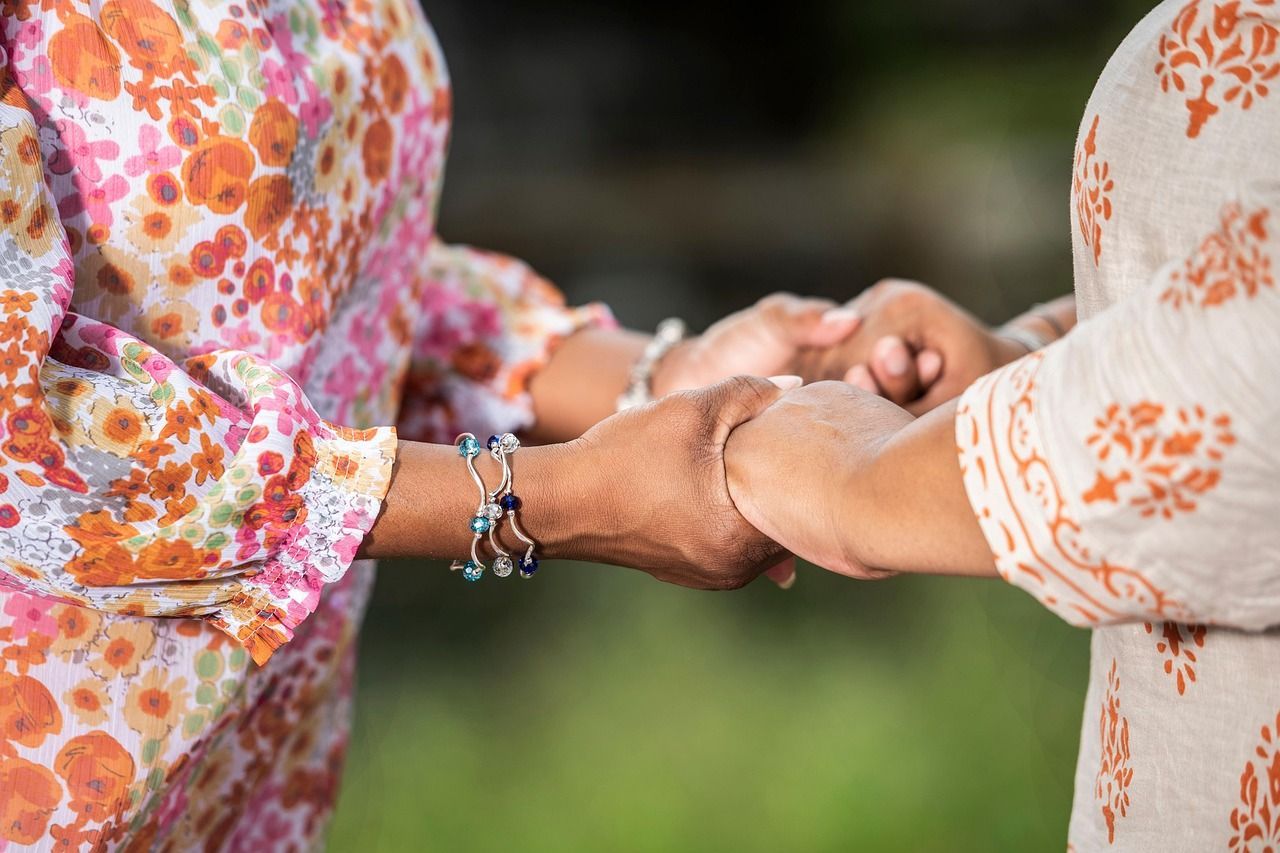
September 18, 2025
Losing a loved one is one of life’s most difficult experiences. The grief that follows can feel overwhelming, leaving families unsure of where to begin or how to cope with the many decisions that must be made. At Pennsylvania Burial Company, we understand how deeply loss affects every aspect of life, and we are committed to walking alongside families during this difficult time. Our goal is to offer not just funeral services, but compassionate support, clear guidance, and ongoing care through every stage of the grieving process. From the first phone call to long after the service has ended, we strive to create a safe, supportive space where families can focus on healing while we handle the details. Key Takeaways Pennsylvania Burial Company provides compassionate guidance from the moment a loved one passes. Our team assists with funeral planning, personalization, and all necessary legal paperwork. We offer emotional support resources and grief counseling referrals to help families cope. Post-service follow-up ensures families receive ongoing care and support. Every step is handled with sensitivity, respect, and dedication to honoring your loved one’s memory. Immediate Care and Compassionate Guidance The first moments after a loved one passes can be the most disorienting. Families are often in shock, unsure of what to do or who to contact. Our staff at Pennsylvania Burial Company is available 24/7 to provide immediate care and clear guidance , helping families take the first steps forward. We arrange for the dignified transfer of your loved one into our care, handle all required notifications and permits, and guide families through the initial decisions that need to be made. Our team approaches every call with sensitivity and patience, ensuring that no one has to navigate those first difficult hours alone. Thoughtful and Stress-Free Funeral Planning Planning a funeral or memorial service can feel overwhelming in the midst of grief. That’s why we strive to make the planning process as simple and stress-free as possible . Our funeral directors walk families through each decision, from choosing between burial and cremation to selecting music, readings, and personal tributes. We explain every option with clarity and compassion, ensuring families feel empowered to make choices that reflect their loved one’s life and values. We also handle all logistical and administrative tasks —such as filing death certificates, scheduling clergy or celebrants, coordinating transportation, and arranging viewings or visitations—so families can focus on supporting one another. Personalizing Services to Honor Every Life Every life is unique, and every service should be too. We take the time to listen to families’ stories, traditions, and wishes , helping them design services that truly reflect the individual being honored. Personalization options include: Themed photo displays or tribute videos Memory tables or guest books Favorite music or hymns Cultural or religious customs Meaningful symbols, colors, or décor By weaving personal touches into the service, families can create a deeply meaningful experience that celebrates their loved one’s legacy and provides comfort to those in attendance. Providing Emotional Support and Grief Resources At Pennsylvania Burial Company, we understand that grief doesn’t end when the service is over. We offer ongoing emotional support to help families through the weeks and months that follow. Our team connects families with grief counselors, support groups, and local organizations that specialize in bereavement care. We also provide educational materials about the grieving process and strategies for coping with loss. Whether someone needs one-on-one counseling or simply a listening ear, we make sure they know they are not alone in their grief . Continued Care After the Service Our support doesn’t stop when the last guest leaves. We remain available to help families with the many post-service tasks and responsibilities that often arise. This includes: Obtaining additional copies of death certificates Navigating estate and insurance paperwork Coordinating memorial or anniversary services Providing keepsakes or memorialization options We also check in with families in the weeks after the service, offering compassion and reassurance as they transition to life after loss. This ongoing relationship reflects our belief that caring for families means more than planning a single day—it means being there for them in the days that follow. A Commitment to Compassionate Care Grieving is not a linear process, and there’s no “right” way to cope with the loss of a loved one. That’s why we approach every family with patience, empathy, and flexibility , adjusting our care to meet their emotional and cultural needs. Whether it’s staying late to answer questions, arranging special accommodations, or simply sitting and listening when a family needs to talk, our team is fully committed to easing the burden of loss and guiding families toward healing. Frequently Asked Questions Q: How soon should we contact Pennsylvania Burial Company after a loved one passes? A: You can contact us as soon as a death occurs. Our team is available 24/7 to provide immediate care, guidance, and transportation arrangements. Q: Do you offer grief counseling services on-site? A: While we do not provide counseling directly, we work closely with local grief counselors and support groups and can refer families to the right resources. Q: Can you help with paperwork and legal documentation? A: Yes. We handle all necessary permits, death certificates, and notifications, and we guide families through any additional paperwork after the service. Conclusion Losing a loved one is never easy, but you don’t have to go through it alone. At Pennsylvania Burial Company, our mission is to walk with families through every stage of grief—with compassion, dignity, and unwavering support. From the first call to the weeks and months after the service, we are here to lighten the burden, honor your loved one, and help your family find peace and comfort as you move forward together.
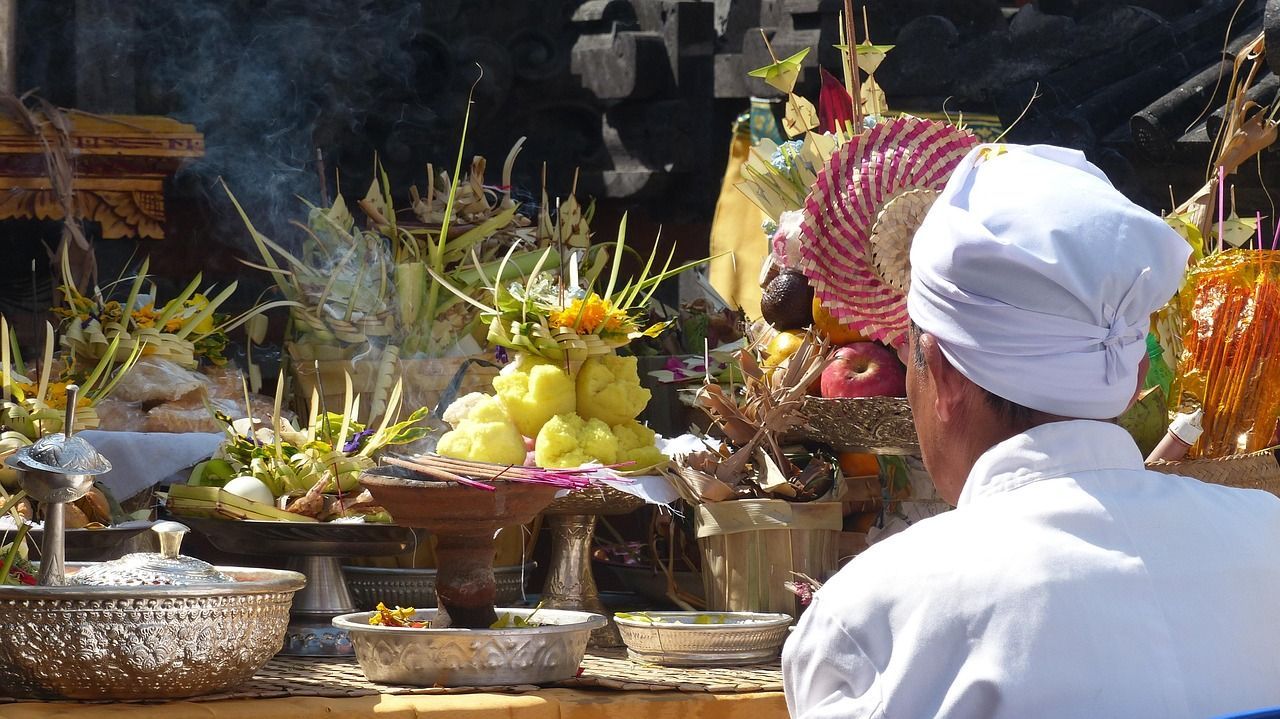
September 10, 2025
Buddhist funeral ceremonies are deeply symbolic, using offerings such as flowers, candles, and fruit to honor the deceased and reflect core spiritual teachings. These simple yet meaningful items remind mourners of the impermanence of life, the light of wisdom, and the importance of generosity. Together, they create an environment of reflection, mindfulness, and peace. At Baldi Funeral Home, we help families incorporate these offerings in ways that are culturally authentic and personally meaningful. Key Takeaways Flowers symbolize purity and the fleeting nature of life. Candles represent enlightenment and guidance. Fruit reflects generosity and abundance. Simple offerings create a peaceful, reflective setting. Families can personalize offerings based on tradition or personal meaning. Flowers: A Reminder of Life’s Impermanence Flowers are a universal symbol of beauty and transience. In Buddhist funerals, they remind mourners of the impermanence of all things—life, like a flower, blossoms and eventually fades. White flowers, particularly lilies or chrysanthemums, are often chosen for their association with purity and simplicity. Candles: The Light of Wisdom Lighting candles is a sacred act in Buddhist funerals. The flame represents the light of wisdom, guiding the spirit of the deceased and illuminating the path of those left behind. Candles are often placed on or near the altar, creating a tranquil and meditative atmosphere. Fruit: A Symbol of Generosity Fruit offerings symbolize the virtue of generosity and the wish for abundance in the spiritual journey. Families may choose fruits that were meaningful to their loved one, or seasonal fruits that reflect the cycle of life and renewal. Creating a Serene Environment Together, these offerings form the heart of the funeral altar. Alongside incense, photos, and scriptures, they help establish a setting that encourages meditation, remembrance, and compassion. The simplicity of the offerings reflects the Buddhist teaching that peace comes not from material wealth, but from mindfulness and kindness. Frequently Asked Questions Do offerings have to include flowers, candles, and fruit? While these are the most common, offerings can vary. Some families may include tea, rice, or items that held special significance for the deceased. Are guests expected to bring offerings? Guests are usually not required to bring offerings, though they may bring flowers or make a donation in memory of the loved one. Can offerings be adapted for modern or non-traditional services? Yes. Many families choose to personalize offerings, blending traditional symbolism with elements that reflect their loved one’s personality and life. Symbolic offerings such as flowers, candles, and fruit create a meaningful foundation for Buddhist funeral services. They reflect key teachings of impermanence, wisdom, and generosity while offering families a way to honor their loved one with simplicity and care. At Baldi Funeral Home, we ensure these traditions are preserved in a respectful and authentic manner.


